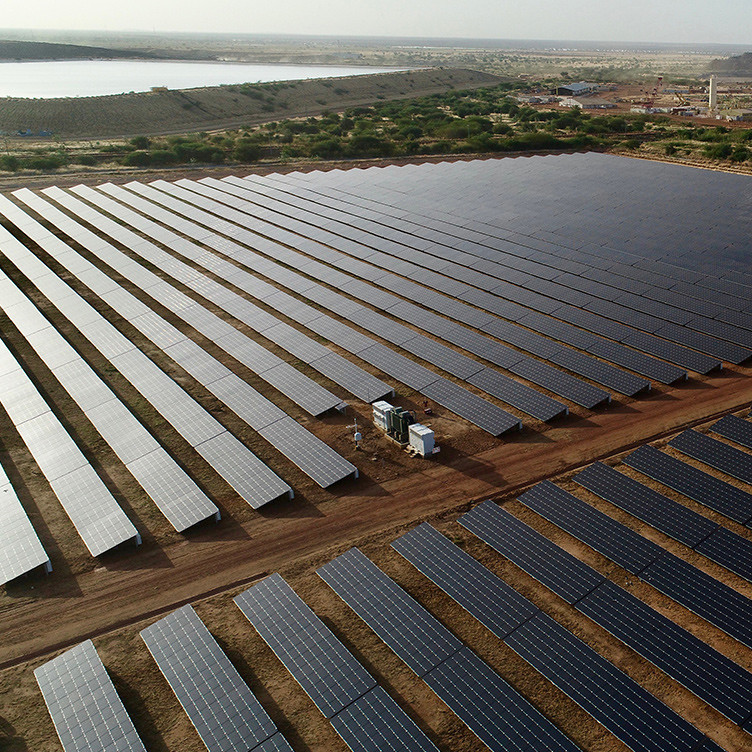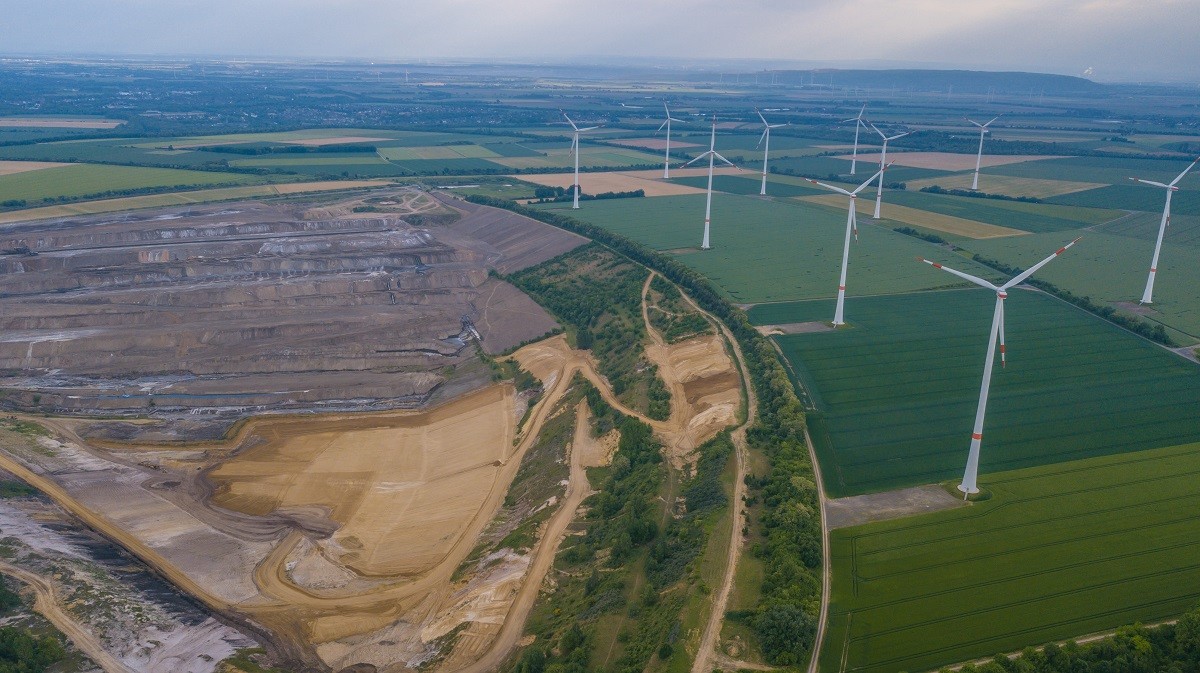Economic development depends on the mining industry to a large extent. Extensive exploitation of fossil fuels and strategic minerals like lithium and bauxite has enabled incredible growth across the value chain for everything from plastics to EV car batteries. While this leads to a better quality of life – especially for developing economies – the resulting damage to the environment is bad enough that it may do the opposite.
Soil erosion, water contamination, ecosystem disruptions and air pollution are all existential threats to human well-being caused by the mining industry. Solving these issues is one of the most fundamental problems facing sustainable development today.
Many nations have begun to adopt more comprehensive and rigorous standards around mining. In China, the world leader in mining metals and minerals, the 14th five-year plan has singled out green mining as a strategic goal. Internationally, markets are regulating themselves using ESG standards, calling on companies to follow various principles at the governance, social and environmental levels. Globally, consumers are also awakening to the fact that reducing human impact on the environment is one of the most important issues of our time. They are holding businesses more accountable for their actions through spending and investment choices.
But how can the mining industry balance economic development and environmental protection?
Smarter mines and mining operations
Meeting both the operational goals of the mining industry and the compliance standards set to be more sustainable can only be done with a thorough digital transformation. Networking, data processing and automation technology can optimize the groundwork and administration of mining sites to extract resources with minimized disruptions to the surrounding ecosystem.
Some of those solutions are as follows:
- Mining automation systems: used to integrate real-time data collection with AI-driven processing power
- 3D simulation & digital twins: the dynamic real-time display of mining work and personnel that can also run AI-backed simulations to help plan operations to be more efficient. This can also be used for camp management to optimize living spaces, equipment performance and energy use.
- Cloud-network integration technology: Integrate the Internet of Things and cloud computing to realize intelligent identification, positioning, monitoring and management functions.
Creating a smart mine makes progress on both fronts: it optimizes operations and makes them more sustainable in the process. The key to improving the environmental impact of the mining industry is creating a solution that allows businesses to still perform at their best. However, there are still steps for mines to take at the operational level to improve their environmental impact.
Material and resource efficiency
Mines of course do not only extract lots of resources from the earth, but they also use lots of resources to operate in the first place. Keeping a mine operational requires large amounts of electricity and water, both of which result in waste in the form of emissions and wastewater. Rethinking energy and waste management can easily reduce the environmental impact of mines.

Solar panel installation at IAMGOLD’s Essakane mine
Energy management at mines
The old way mines powered to their sites was by plugging into the grid and running equipment on diesel fuel. The burden on the grid was enormous and would produce emissions depending on the local energy mix (coal, petrol, natural gas). Diesel, used by equipment and vehicles, is also a major contributor to carbon emissions. Both of these factors can be addressed with decentralized energy infrastructure.
Mines that construct a local grid can opt for clean energy sources in the mix, rather than stay reliant on coal power. Solar panels are easily installed on roofs and can also be constructed on surrounding land to send clean energy to the mine. Depending on the size of the project, it may even be suitable to build wind turbines. Pairing these renewable energy resources with battery storage will allow the site to produce and store clean power for consistent use in its electricity mix.
For vehicles on site that are using diesel – opting for electric would be a better method to reduce environmental impact. Electric transportation and material handling vehicles are widely available at this point and can replace a large chunk of fleets at mines. Furthermore, for mines with a clean energy mix, EV charging can be directly hooked up to the microgrid which means they are running on renewables.
Water management at mines
Mines that pump in fresh water with no plan on how to manage it wind up creating thousands of gallons of wastewater a day. Often, this is then pumped out to evaporation ponds surrounding the site. The ecological impact of this practice is obvious, as freshwater is now one of the most precious resources on the planet. But wastewater can also leave behind harmful chemicals that seem into the groundwater, leaving lasting negative impacts on the people and animals in the area.
Moving towards a better water management practice, such as recycling water can reduce the amount of water needed in the first place and eliminate the need for so many evaporations ponds.
Mining is still one of the most important industries worldwide to keep economies moving. They create value at every level of operations and across the supply chain, providing the resources to drive economic development. Ultimately these resources are meant to improve the quality of life for people around the world, but the challenge is to ensure that the trade-off does not create even more problems in terms of environmental damage. Green and sustainable mining is achievable using technology and the commitment of industry leaders to adopt practices that minimize pollution and emissions.
